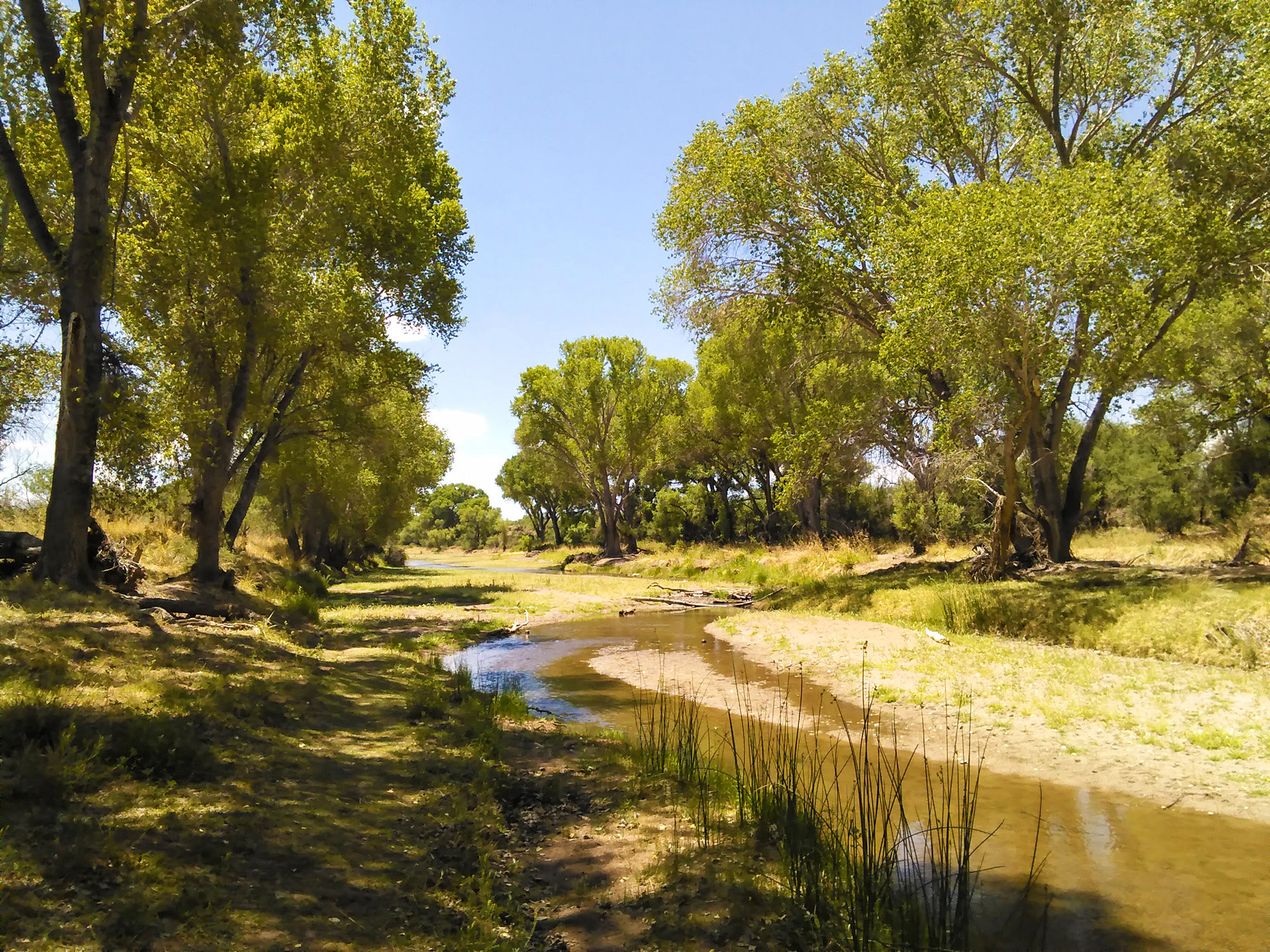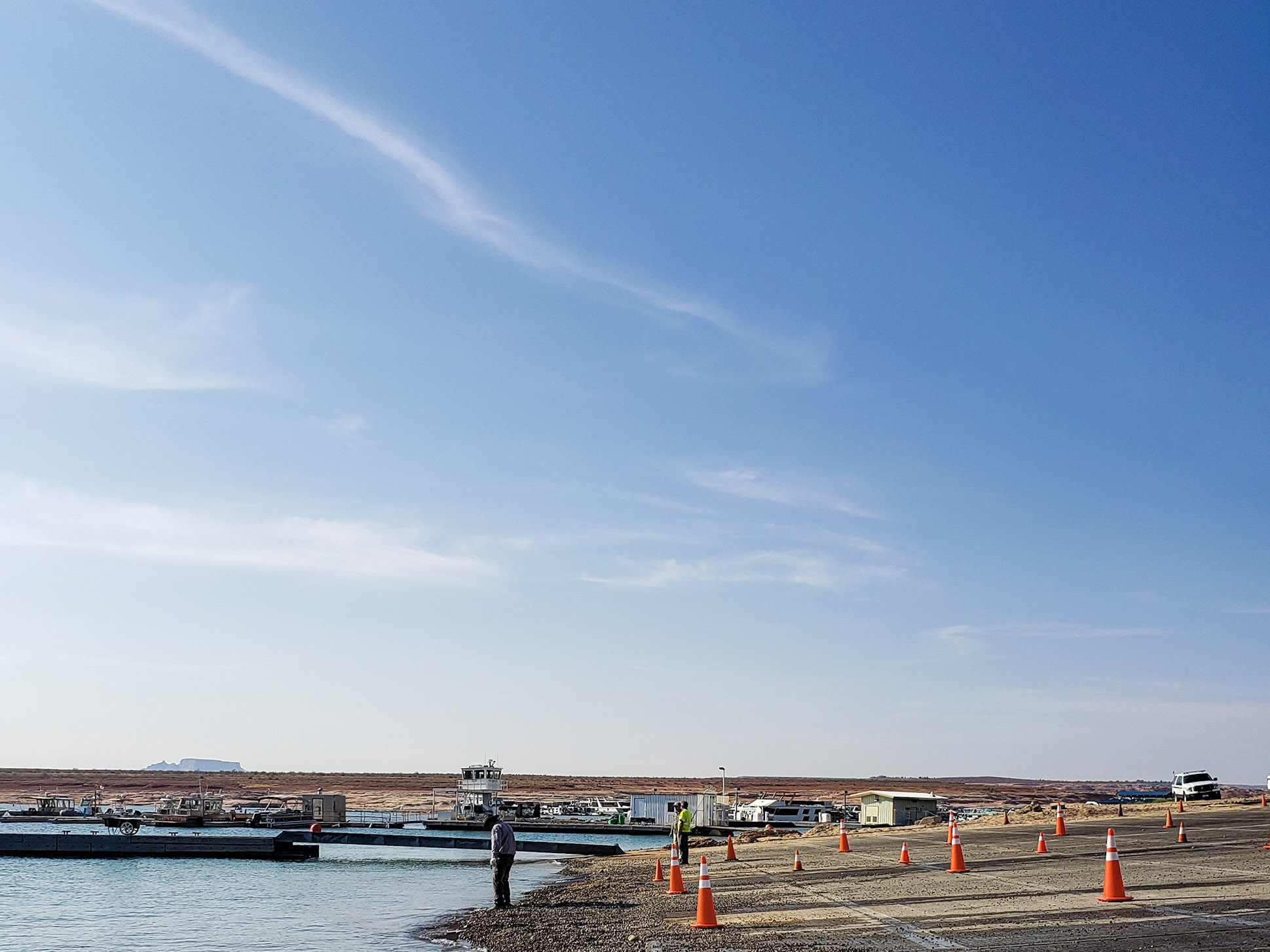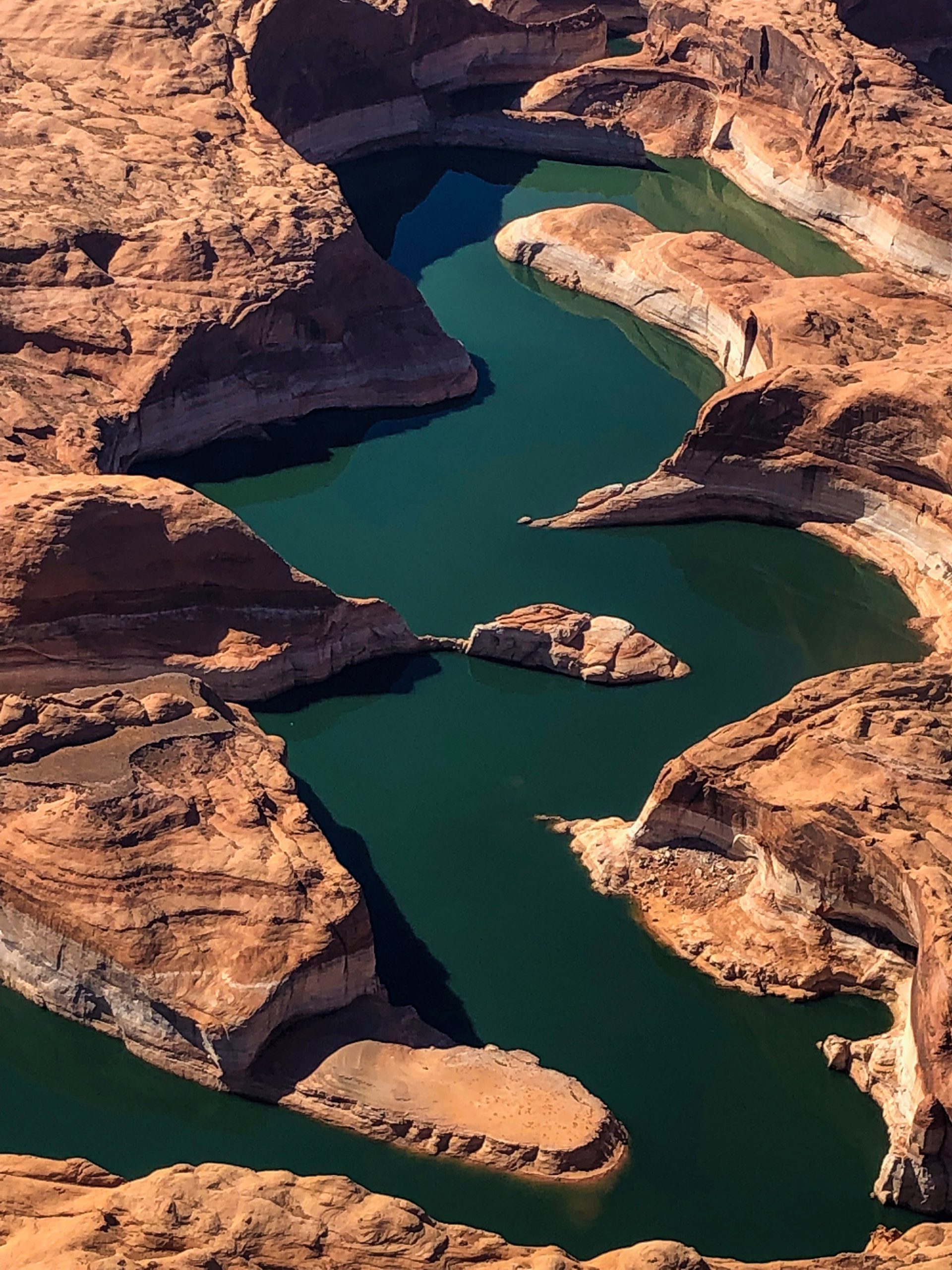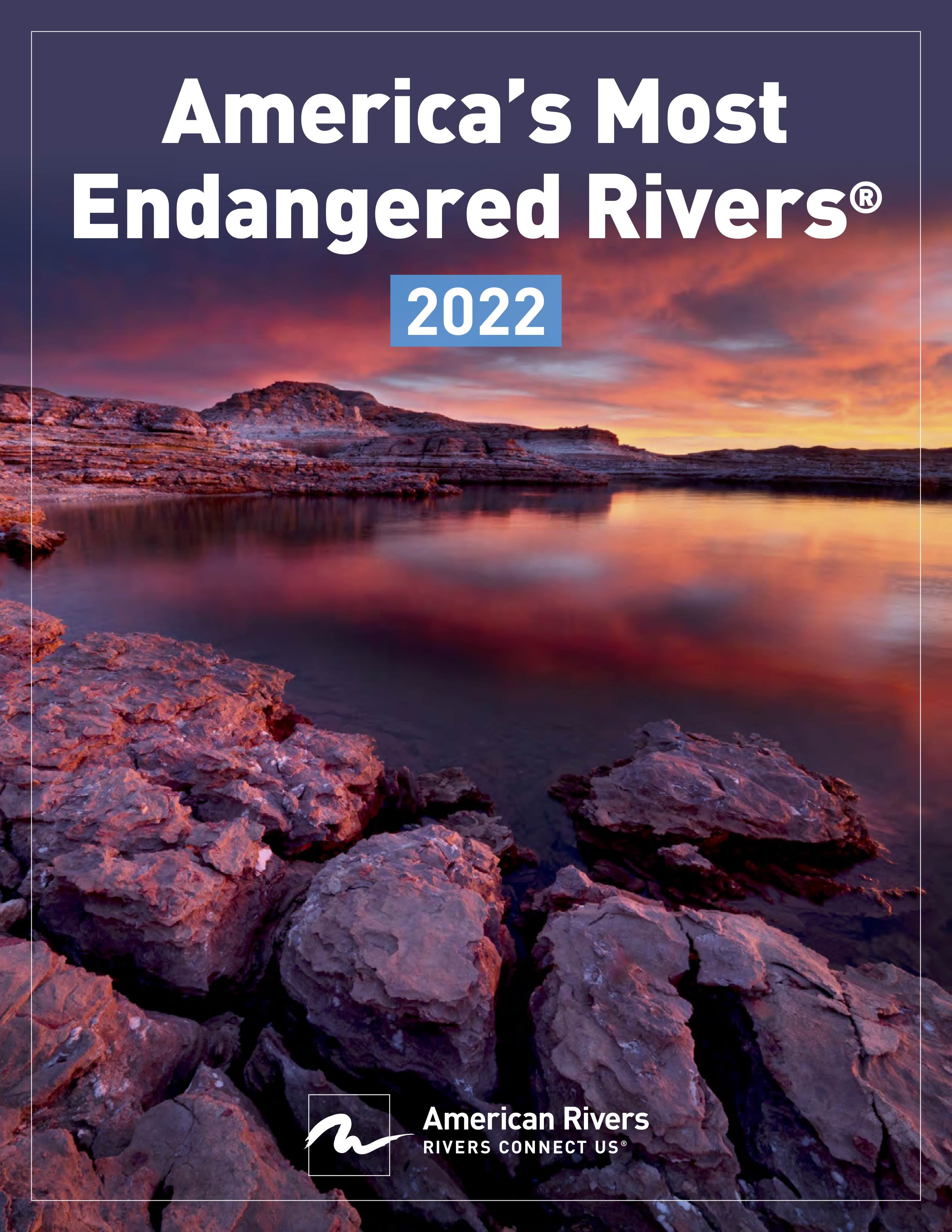Indianz.Com > News > Cronkite News: Arizona rivers land on ‘endangered’ list for another year
Colorado, San Pedro make annual list of ‘most endangered’ U.S. rivers
Tuesday, April 26, 2022
Cronkite News
WASHINGTON – Two Arizona rivers landed on an annual list of the top 10 “most endangered” rivers in the U.S. last week, including the drought-ravaged Colorado in the No. 1 spot.
The San Pedro River in southern Arizona made eighth place on the list because of groundwater pumping that has caused once-free-flowing sections of the river to dry up, said American Rivers, the group that released the report.
It said the Colorado was already “over-tapped” by demands from farms, businesses and homes, before the current megadrought that is “seriously impacting the environment and the economy from the headwaters to the sea.” The report said Colorado provides drinking water for 40 million people and waters 5 million acres of farmland across seven states.
“There is not enough water to meet all the current needs,” said the report. “The entire system is operating at a deficit, and climate change is expected to further reduce the river’s flow by 10 to 30% by 2050.”



Note: This story originally appeared on Cronkite News. It is published via a Creative Commons license. Cronkite News is produced by the Walter Cronkite School of Journalism and Mass Communication at Arizona State University.
Search
Filed Under
Tags
More Headlines
AUDIO: H.R.2916, a bill to ratify the Akwesasne Mohawk Land Claim
AUDIO: H.R.2389, the Quinault Indian Nation Land Transfer Act
AUDIO: H.R.2388, the Lower Elwha Klallam Tribe Project Lands Restoration Act
AUDIO: H.R.2302, the Shingle Springs Band of Miwok Indians Land Transfer Act
Native America Calling: Tribes fight for solutions to dwindling clean water sources
Native America Calling: Mental health experts point to personal connections to maintain winter mental health
Native America Calling: Tribes ponder blood quantum alternative
Defense bill snubs Indian Country in favor of Lumbee federal recognition
NAFOA: 5 Things You Need to Know this Week (December 8, 2025)
Chuck Hoskin: Cherokee Nation benefits from extension of health care credits
Native America Calling: Tribal museums reflect on tumultuous year, chart their next steps
Press Release: National Museum of the American Indian hosts Native art market
AUDIO: Sea Lion Predation in the Pacific Northwest
Native America Calling: Tribal colleges see an uncertain federal funding road ahead
Native America Calling: Short films taking on big stories
More Headlines
AUDIO: H.R.2389, the Quinault Indian Nation Land Transfer Act
AUDIO: H.R.2388, the Lower Elwha Klallam Tribe Project Lands Restoration Act
AUDIO: H.R.2302, the Shingle Springs Band of Miwok Indians Land Transfer Act
Native America Calling: Tribes fight for solutions to dwindling clean water sources
Native America Calling: Mental health experts point to personal connections to maintain winter mental health
Native America Calling: Tribes ponder blood quantum alternative
Defense bill snubs Indian Country in favor of Lumbee federal recognition
NAFOA: 5 Things You Need to Know this Week (December 8, 2025)
Chuck Hoskin: Cherokee Nation benefits from extension of health care credits
Native America Calling: Tribal museums reflect on tumultuous year, chart their next steps
Press Release: National Museum of the American Indian hosts Native art market
AUDIO: Sea Lion Predation in the Pacific Northwest
Native America Calling: Tribal colleges see an uncertain federal funding road ahead
Native America Calling: Short films taking on big stories
More Headlines
